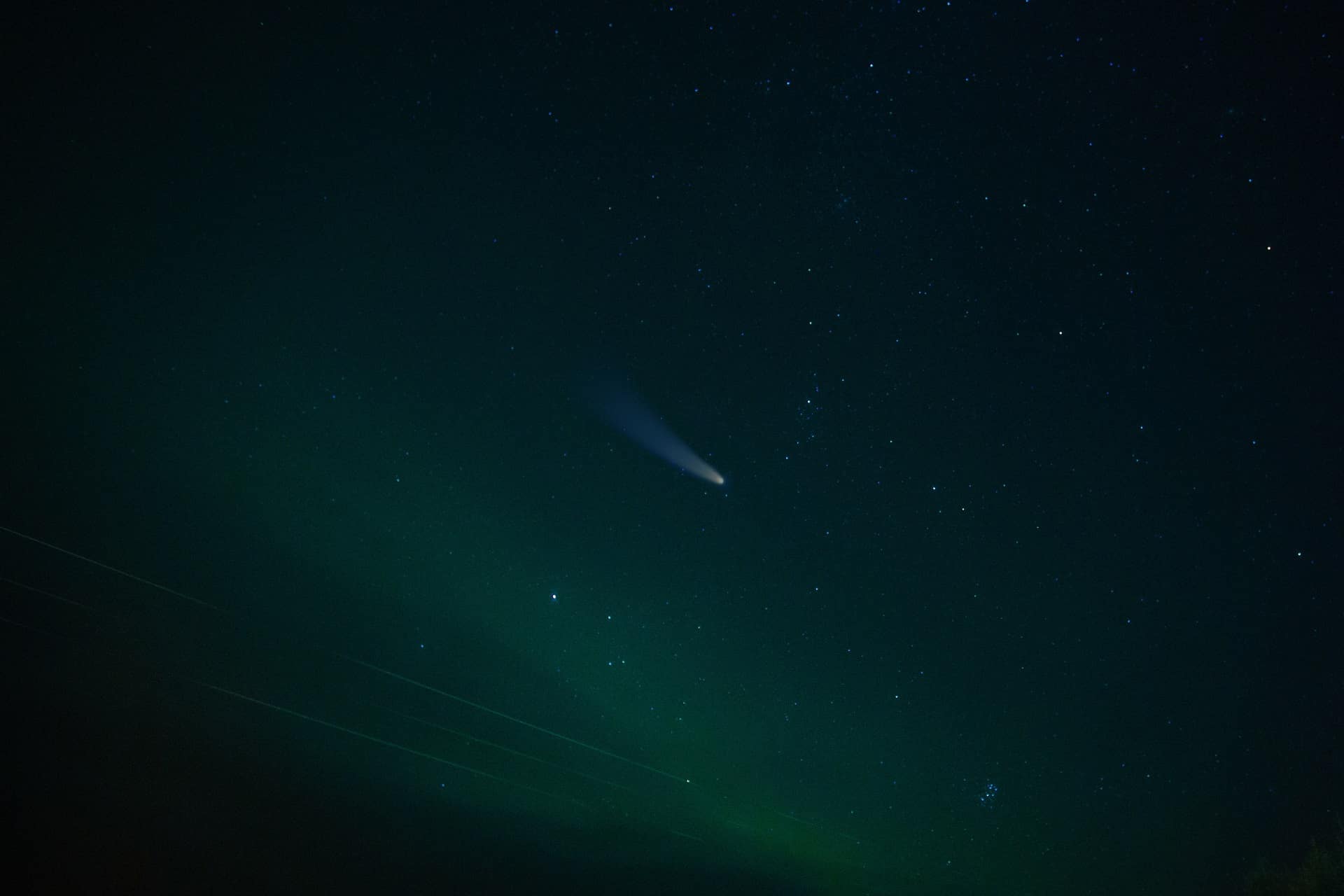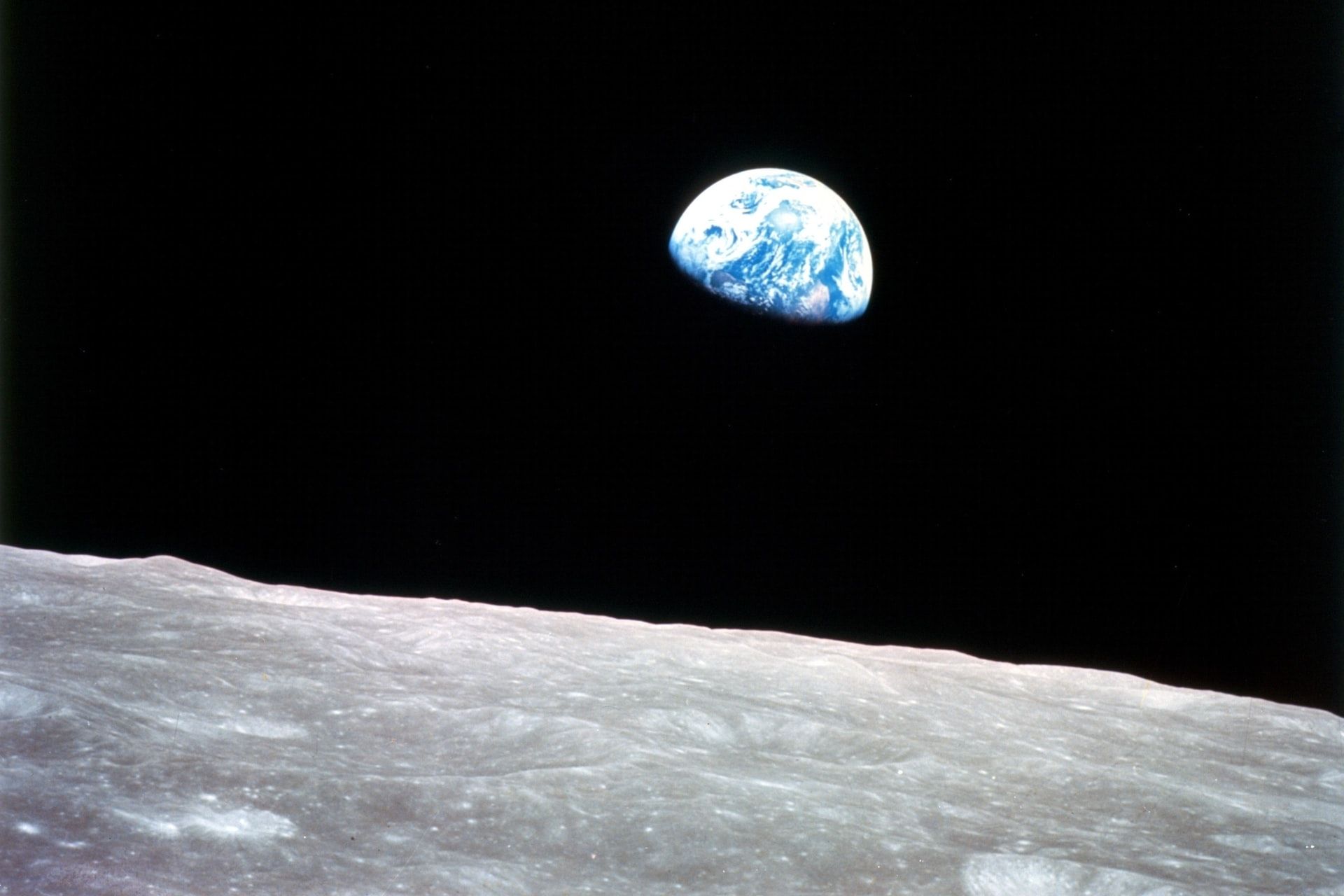
OSIRIS-REx Successfully Lands on Bennu
February 5, 2021 - Emily Newton
Revolutionized is reader-supported. When you buy through links on our site, we may earn an affiliate commision. Learn more here.
In October 2020, the OSIRIS-REx, a NASA spacecraft, successfully approached the asteroid 101955 Bennu — an asteroid that may be among some of the oldest objects in the solar system — and retrieved a sample of rocky material from its surface.
The OSIRIS-REx mission — which began more than four years ago — represents the third space mission to ever collect geological samples from an asteroid, and the first American spacecraft to accomplish the feat.
Soon, the samples will be on their way to Earth — once here, they could reveal new information about water in the early solar system and how life first developed on Earth.
Here’s how the mission began, how scientists have accomplished the project and what we may learn when the samples from the OSIRIS-REx mission return
OSIRIS-REx Completes Rendezvous, Prepares to Return to Earth
The Origins Spectral Interpretation Resource Identification and Security-Regolith Explorer (OSIRIS-REx) is a NASA New Frontiers project that has been, so far, around five years in the making. It will likely be at least another two years before the craft returns to Earth and the project is complete.
The mission began back in 2016. An Atlas V rocket launched from Cape Canaveral, Florida, carrying the OSIRIS-REx spacecraft out of the Earth’s atmosphere.
From there, the craft cruised in space for a total of 26 months and 25 days, slingshotting around Earth in 2017 before finally approaching Bennu on December 3rd, 2018.
Then, OSIRIS-REx performed a number of passes around the asteroid, coming closer and closer every time. This allowed scientists flying the craft to use spectrographic instruments on the Explorer to take a look at the asteroid’s surface. Information from visible-infrared spectrography helped scientists break down the actual mineral composition of the asteroid’s surface.
Most importantly, after a number of close passes, the OSIRIS-REx was able to gather an “abundant sample” from the surface of rocky material from Bennu’s surface, made up of the asteroid’s unconsolidated regolith. This regolith is material like a pile of rubble bound together by gravity in terms of texture and composition.
This sample was the real goal of the mission. The rocky matter that OSIRIS-REx has gathered from Bennu will be one of the very few geological samples that scientists have of asteroids.
Bennu Sample Will Be Studied on Earth
The OSIRIS-REx is set to begin its return trip in May 2021.
It will take around two and a half years to return to Earth and is expected to land some time in September 2023, at the Utah Test and Training Range.
From there, the sample will be collected and distributed to research labs around the world, where scientists will get to work analyzing the geological and chemical composition of the asteroid matter.
The overall mission is part of NASA’s New Frontiers program. NASA’s Goddard Space Flight Center is in charge of overall mission management, while Lockheed Martin Space Systems was responsible for both the construction of the spacecraft and its flight operations.
How Did the OSIRIS-REx Travel to Bennu?
A pair of solar arrays power the OSIRIS-REx. Two lithium ion batteries on the craft store solar energy for when the spacecraft is out of direct sunlight.
The craft’s guidance system includes “star trackers, sun sensors, a laser range-finder, and on-board image processing capabilities,” according to an official Nasa Q&A.
Scientists outfitted the OSIRIS-REx with a range of analytics devices that helped the Explorer gather samples and collect information on the surface composition of Bennu.
Various manufacturers designed and created each of these devices specifically for the mission.
The Explorer’s suite of equipment includes three spectrometers, a trio of cameras and an altimeter that gathered high-quality topological data of Bennu during the OSIRIS-REx’s near-passes of the asteroid.
Why Scientists Chose 101955 Bennu
Bennu is a carbonaceous chondrite asteroid — primitive meteorites that formed in the early solar system. These asteroids incorporate materials from before the formation of the solar system’s planets.
For this reason, scientists sometimes think of them as a record of the conditions in the protoplanetary disk — the disk of dense dust and gas that collected around the newly formed Sun. This disk contained the matter that eventually made up the planets of the solar system.
Certain types of carbonaceous chondrite (or c-type) asteroids, like Bennu, contain a high proportion of water-bearing minerals. These minerals are often accompanied by organic molecules, like amino acids and polycyclic aromatic hydrocarbons (PAHs).
These molecules are some of the simplest building blocks of life, and are two of the top candidates for organic molecules that formed the base of early life.
Scientists believe that comets and asteroids delivered water to Earth early in its history. These comets and asteroids may have also carried with them these amino acids and prebiotic chemicals — which may have been precursors to early life.
Bennu May Hold Secrets About the Early Solar System
Because Bennu is so old, it serves as a kind of extraterrestrial archeological dig site — samples from which could give scientists a better idea of the kind of geological composition and chemistry of some of the solar system’s earliest objects.
The presence of water-bearing minerals on Bennu can also give scientists a better understanding of how much water and ice was present in the early solar system, when asteroids like Bennu first started to form. This could greatly impact theories of how water arrived on Earth.
Scientists have already confirmed the presence of water-bearing minerals on Bennu. They used spectral data that the OSIRIS-REx gathered while it was in rendezvous with the asteroid.
This is a good sign that there may be other interesting properties to the gathered samples — like the presence of organic molecules.
There were also practical reasons for choosing the asteroid. Bennu is a near-Earth asteroid, meaning that its orbit around the Sun brings it into occasional proximity with Earth.
As a result, it is much more accessible than many other asteroids in the solar system. This means that scientists have a better chance of steering a spacecraft to the object, collecting a sample, and making it home with current spaceflight technology.
What the Sample From Bennu May Tell Us
The samples are likely to produce interesting results for a long time to come. Scientists are still learning from the spectrographic analysis from Bennu gathered back in 2018.
However, a similar, recently gathered sample from another asteroid may provide hints as to what scientists will learn from the Bennu sample.
In December 2020, the Japanese spacecraft Hayabusa2 successfully returned from a mission to 162173 Ryugu, an asteroid with a composition that’s similar to that of Bennu — though not entirely the same.
Since then, researchers have been at work analyzing the samples — albeit, in a remote environment, though they’ll likely soon begin studying the material in person.
In a new study in Nature Astronomy, scientists found that the Ryugu sample wasn’t as water-bearing, as they had expected. This suggests that the parent body of the asteroid dried out due to “primary thermal alteration,” or some kind of extreme heat event.
More work will be necessary to confirm these findings. However, these results could reshape our understanding of the distribution of water throughout the early solar system.
It’s likely that we’ll learn more about Bennu’s composition some time after the samples arrive from space. We’re also likely to continue learning from the samples well after the mission’s formal end date. This means that you may see Bennu in the news well into the 2020s.
More Results From the OSIRIS-REx Mission Will Arrive Soon
In May, the OSIRIS-REx will depart Bennu and begin its return trip to Earth. The sample of rocky material it carries with it may provide us valuable new insights into the early history of the solar system — and, potentially, how life first came to be on Earth.
The sample won’t arrive that soon. NASA estimates that the Explorer won’t land until some time in late 2023, likely in or around September of that year.
Analysis of the sample will also take some time. Between now and then, results from similar missions — like the Hayabusa2 — may provide scientists with an idea of what they could learn from the Bennu sample.
Revolutionized is reader-supported. When you buy through links on our site, we may earn an affiliate commision. Learn more here.
Author
Emily Newton
Emily Newton is a technology and industrial journalist and the Editor in Chief of Revolutionized. She manages the sites publishing schedule, SEO optimization and content strategy. Emily enjoys writing and researching articles about how technology is changing every industry. When she isn't working, Emily enjoys playing video games or curling up with a good book.




